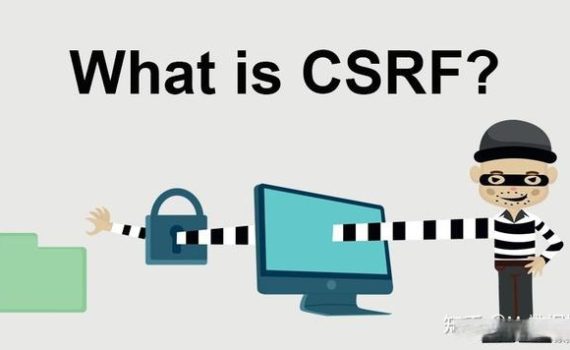Both ZTE T800 and HUAWEI TEx0 claim to have T.140 supported, but when I digging into these entities by running some tests between T800, TE40 and TE60, my current status is I’m not persuaded. Maybe only because I don’t know how to configure them to make T.140 enabled. Here is some T.140 related information, and my steps to analysis to the protocols of HUAWEI TEx0 and ZTE T800. A screen shot of HUAWEI TEx0’s administration manual about T.140. Source: http://support.huawei.com/ehedex/pages/DOC1000063904NZD1231E/01/DOC1000063904NZD1231E/01/resources/webhlp/te_webhlp_00005.html#te_webhlp_00005__tb5 1. T.140 related standard documents 1)T-REC-H.323-200002-S!AnnG!PDF-E.pdf 2)T-REC-H.224-200501-I!!PDF-E.pdf 3)T-REC-T.140-199802-I!!PDF-E.pdf 5)T-REC-T.140-200002-I!Add1!PDF-E.pdf 6)RFC4103 – RTP Payload for Text Conversation.pdf 2. Major descriptions of implementing T.140 T.140 related descriptions in T-REC-H.323-200002-S!AnnG!PDF-E. 1) H.245 TCS for T.140 In the capabilities exchange, when using a reliable channel, specify: DataApplicationCapability.application = t140 DataProtocolCapability = tcp In the capabilities exchange, when using an unreliable channel, specify: DataApplicationCapability.application = t140 DataProtocolCapability = udp 2) H.245 Open Logical Channel In the Open Logical Channel procedure, specify: OpenLogicalChannel.forwardLogicalChannelParameters = dataType DataType = data And select a reliable or unreliable channel for the transfer of T.140 data by specifying the DataApplicationCapability and the DataProtocolCapability as above. According to the description in T-REC-H.224-200501-I!!PDF-E, there should be only one H.221 channel, we can still send multiple protocols, like FECC, T.120 and T.140, in one single channel, this type of channel has a name: H.221 MLP data channel. 3) Packetization of T.140 data Reliable TCP mode: skipped because don’t find any newlly established TCP connections. UnReliable mode: I do find an H.224 capability in both of these entities, since there is no OLC requests other than Audio, Video, and H.224 data. Let’s suppose they are re-using the H.221 MLP data channel for both FECC and T.140 transmission. 4) H.224 protocol octet structure 5) H.224 -Standard Client ID Table 3. H.224 data packets sending between TE60 and T800 I managed to extract the H.224 data packets from the PCAP file. And they are like these: 7e 7e 7e 00 86 c0 00 00 00 00 00 03 40 00 81 a8 e8 0f b2 07 db 07 9f 9f 9f bf ff Explain the packet by the standard document’s description: […]







